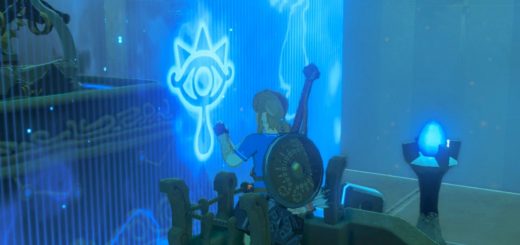Alan Wake 2 PS5 Pro enhanced label will see 30fps Quality mode, with added ray tracing
Remedy has detailed just what the PS5 Pro Enhanced label will mean for Alan Wake 2.
As a reminder, when the PS5 Pro was announced last month, Sony revealed a number of games will receive an ‘enhanced’ label. This label means a game will be able to take full advantage of the console’s improved features, such as advanced ray tracing and a GPU that enables up to 45 percent faster rendering, thanks to a free software update.
Alan Wake 2 will be one of those games, and today, Remedy explained how the game’s Quality and Performance modes will be upgraded for PlayStation 5 Pro.
Quality Mode will see 30 frames per second with ray tracing (which isn’t available on the base PS5 model) and an output resolution of 4K. This will enable ray traced reflections on opaque and transparent surfaces.
Performance Mode, meanwhile, won’t have ray tracing, but will boast 60 frames per second and an output resolution of 4K. It will use approximately the same render (image quality) settings as the base PS5 Quality mode.
“The Performance Mode on the PS5 Pro features significantly higher output resolution and has more visual detail compared to the base PS5,” Remedy explained. “The overall image stability, fog, volumetric lighting, and shadow accuracy have been improved on the Pro.”
Remedy said due to Alan Wake 2 being so “incredibly detailed and rich” visually, it was a “tough fit for ray tracing, especially compared to our previous game, Control”. But, the studio wanted to rise to the challenge, and the upgraded hardware the PS5 Pro provides made all the difference.
“With ray traced effects, the detail of the world in Alan Wake 2 can be observed even more accurately than before on the console, and the image is more stable in complex lighting situations,” the team wrote.
“We’ve always wanted to bring cutting-edge visuals to our games, but everything is always a balancing act between the frame rate, visual quality, technical and hardware constraints, development resources and what we wish to artistically achieve with the game.”
The studio noted much of Alan Wake 2’s setting benefits from ray tracing, but it “comes with a cost”.
Said Remedy: “Each ray must be traced, and its hit evaluated and shaded. Due to the nature of ray tracing, multiple rays must be traced to reach noise-free images. Unfortunately, tracing and shading multiple rays per pixel is still generally too expensive. We must be able to work with noisy images provided by low sample counts, which means we must remove the noise by de-noising. When trying to achieve real-time performance, game engines like our very own Northlight usually resort to using small sample counts and denoising.
“In a game like Alan Wake 2, its complex light-material interactions and rich environments can make tracing, shading, and denoising even a single ray tracing effect too expensive to justify the cost depending on the hardware.”
Remedy described Alan Wake 2 as a geometrically “very dense” game. “The usage of a GPU-driven rendering pipeline and its fine-grained culling with the skinning ran on GPU made it possible to create densely populated forest scenes with layers and layers of foliage and trees encountered during Saga’s gameplay segments taking place in the lush environments of the Pacific North-West,” it continued.


